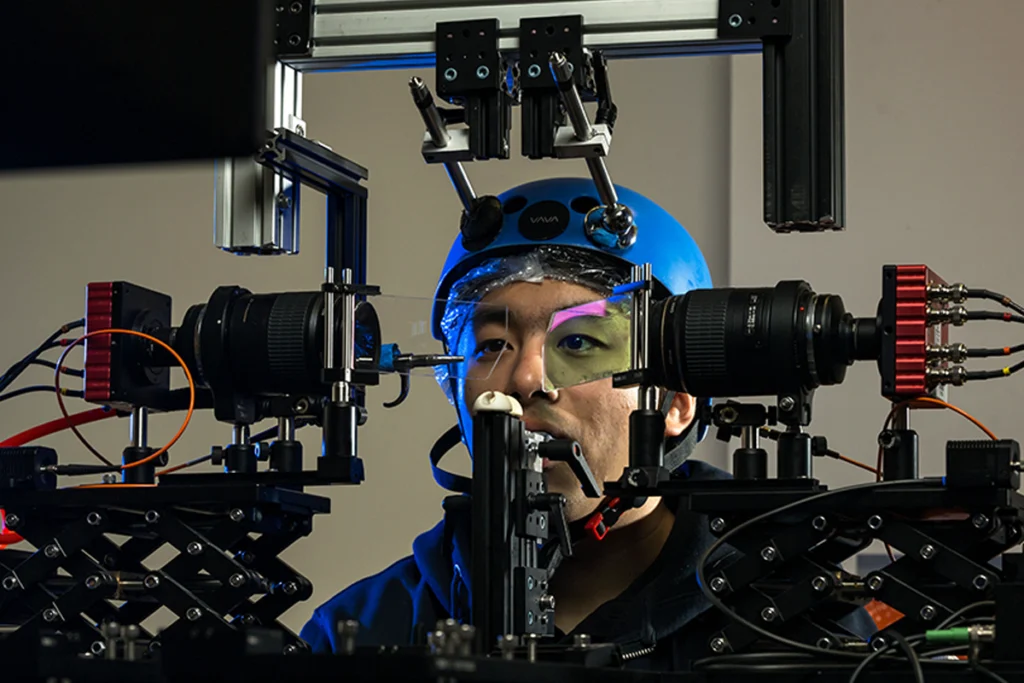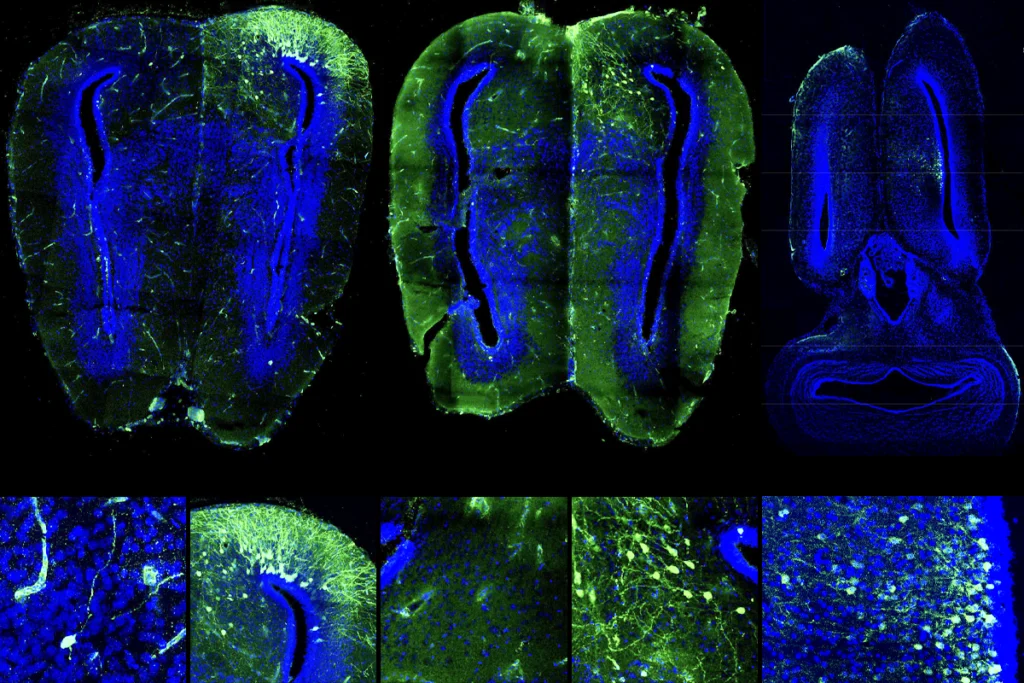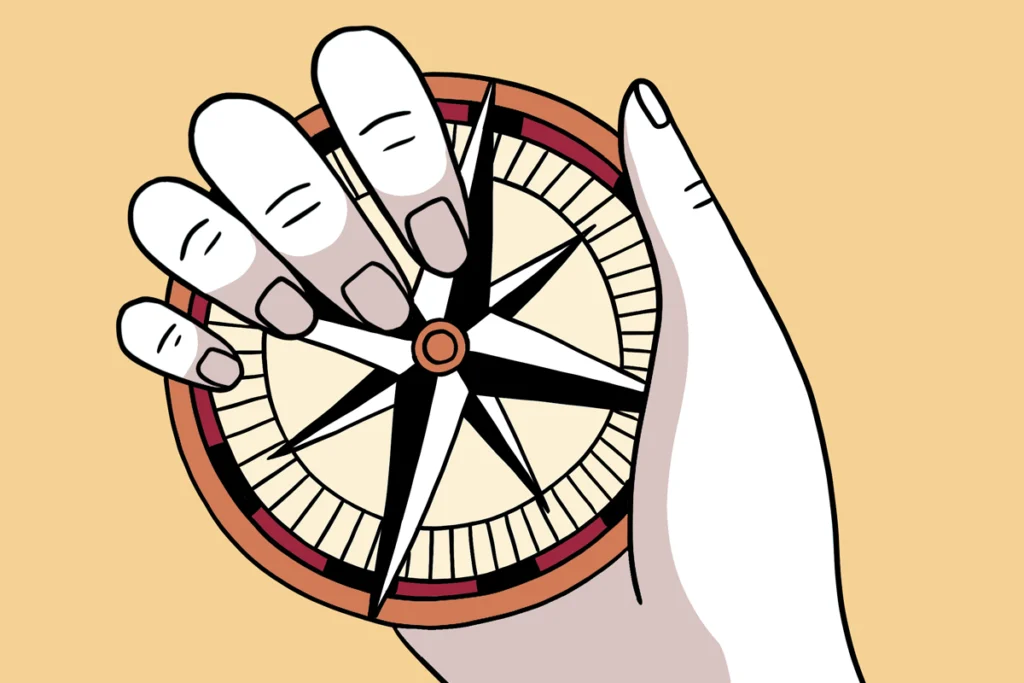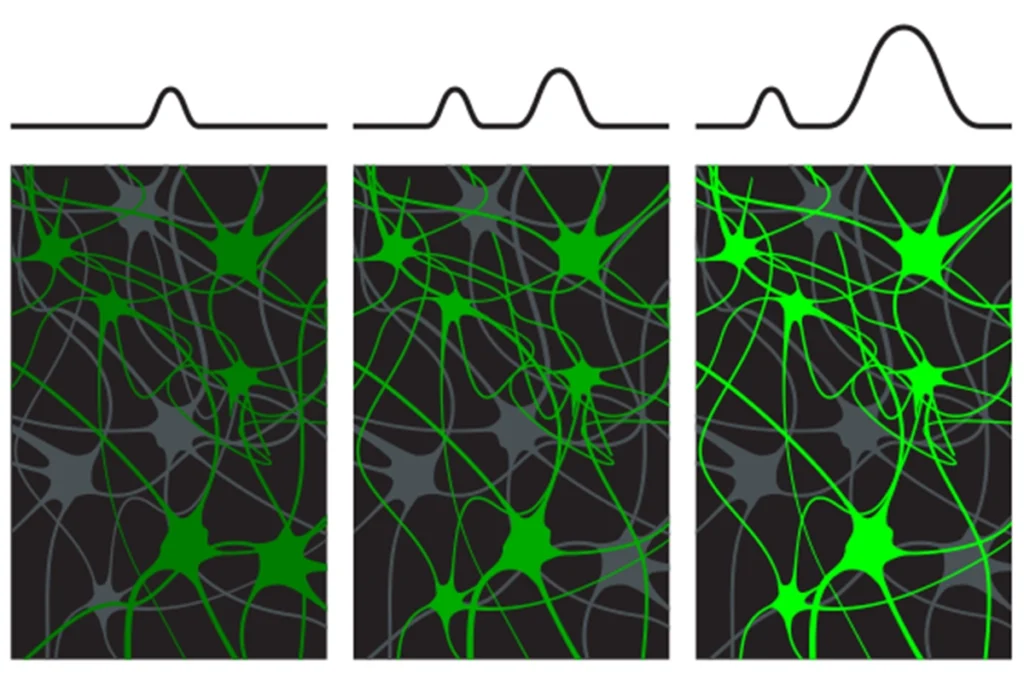Angie Voyles Askham is a senior reporter for The Transmitter, where she covers systems neuroscience, gene therapy and career paths, among other topics. She also writes The Transmitter Launch, a monthly newsletter for early-career researchers.
Before joining the team in 2020, Angie worked in radio journalism and academic publishing, and in her training as a neuroscientist she studied the development of visual perception.








